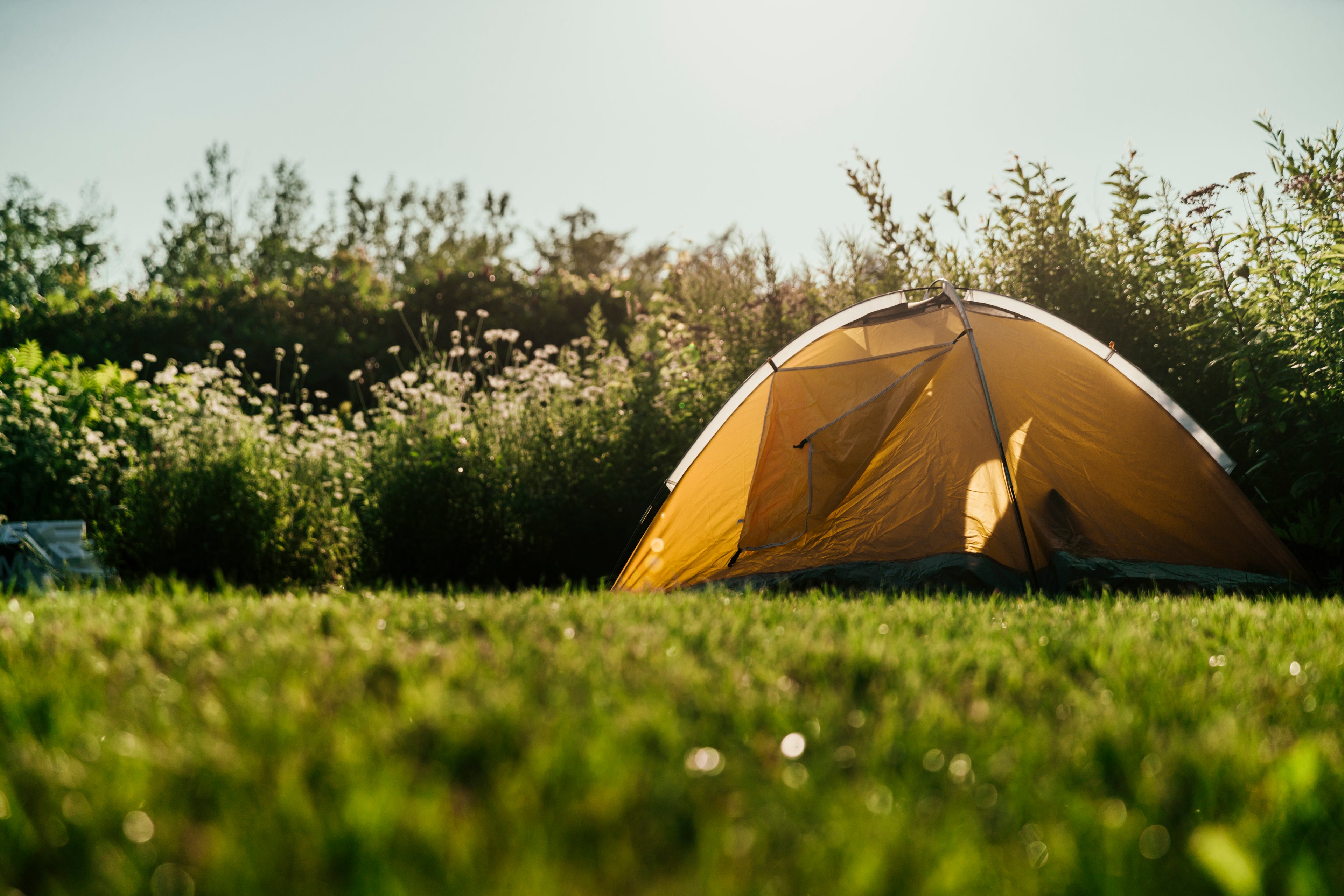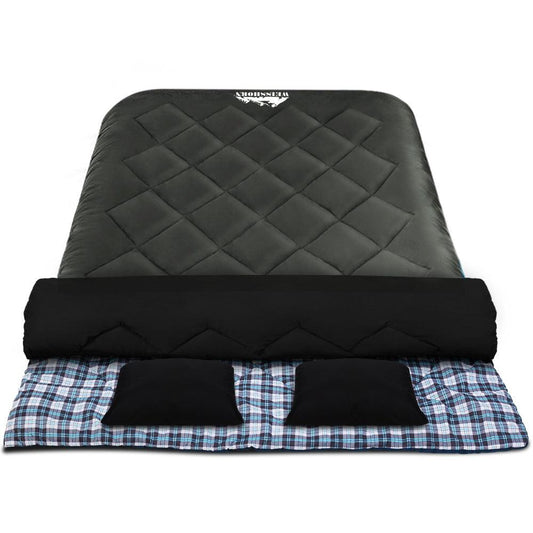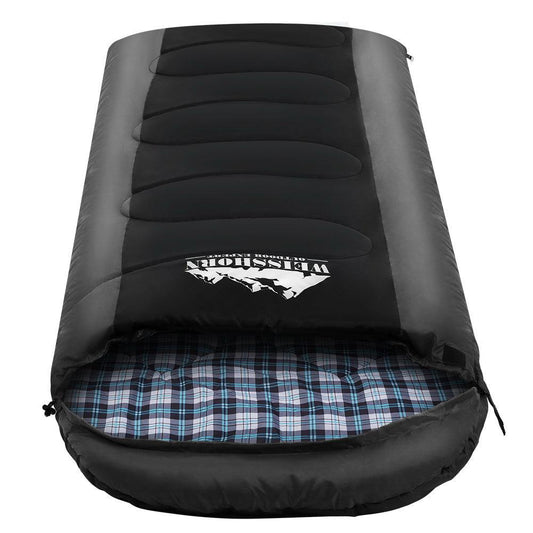Sleeping Bags, Pillows & Blankets for Camping Comfort
Sleep easy under the stars with our range of warm, lightweight and ultra-comfortable camping sleeping bags, pillows and blankets. Whether you’re camping off-grid, touring in your 4WD or heading to a festival, Just Camp has the sleep gear to keep you cosy in every season. Explore single and double sleeping bags, self-inflating pillows and thermal camping blankets designed for warmth, packability and durability. Shop camping sleeping bags and bedding Australia-wide and rest easy wherever your next adventure takes you.


















